Do Birds Fly at Night is most commonly associated with daytime activities — soaring across bright blue skies, singing in the early morning, or hunting during the day. For many, the thought of birds flying at night might seem unusual or counterintuitive. After all, humans rely heavily on sight, and it’s often assumed that birds do too. Many birds are active during the night, participating in activities such as flying, hunting, and migrating.
The phenomenon of nocturnal bird flight is a fascinating subject that bridges the gap between ornithology, behavioral ecology, and sensory biology. While some species of birds are exclusively diurnal, others have adapted to nighttime flying for various reasons. Do birds fly at night include owls, nightjars, some species of waterfowl, and migratory birds that embark on long journeys under the cover of darkness.
This detailed exploration will uncover the secrets behind nocturnal bird flight, why some birds choose to travel at night, how they navigate in the darkness, and the challenges they face. By the end of this article, you’ll gain a comprehensive understanding of the nighttime habits of birds and how these behaviors contribute to their survival and reproductive success.
The Basics of Bird Flight and Vision
Before delving into the specifics of nocturnal bird flight, it’s essential to understand a few basics about bird flight and vision. Do Birds Fly at Night have keen eyesight, which is vital in navigating, hunting, and avoiding obstacles. However, not all birds rely solely on their vision — especially those adapted to night flying.
Birds’ Visual Capabilities

Birds have the most advanced vision in the animal kingdom. Their eyes are uniquely adapted to detect movement, perceive a wide range of colors, and see clearly over long distances. However, like humans, different species of birds have varying visual capabilities. how they navigate in the darkness that are active during the day (diurnal species) typically have a higher density of cone cells, which help them see in bright light and distinguish colors vividly.
In contrast, nocturnal birds such as owls have evolved to have a higher density of rod cells in their retinas. Rod cells are specialized for detecting low light levels and provide superior night vision. This adaptation allows nocturnalDo Birds Fly at Night to see well even in the dimmest conditions, enabling them to hunt and navigate near darkness. Nocturnal Birds and Their Nighttime Habits.
Owls: Masters of the Night
Owls are the most iconic nocturnal birds, renowned for their stealth, night vision, and specialized adaptations. These birds of prey are almost exclusively active during the night, hunting small mammals, insects, and other prey using a combination of acute hearing and exceptional night vision.
Owls possess several unique adaptations that make them highly efficient night hunters. Their eyes are large relative to their body size, allowing them to gather more light. Additionally, owls have forward-facing eyes that offer binocular vision, enabling them to accurately judge distances. Coupled with their asymmetrical ear placement, which allows for pinpointing the location of sounds, owls can quickly locate and capture prey in the dark.
Nightjars and Night Hawks
Nightjars and night hawks belong to the family Caprimulgidae and are known for their nocturnal activities. These insect-eatinghow they navigate in the darkness are mainly active at dawn and dusk, although some species continue to fly and feed well into the night. They have giant mouths adapted for catching insects mid-air, and graceful, agile movements characterize their flight patterns.
These birds rely less on sight to capture prey and instead on low-light vision and echolocation-like calls to detect and pursue insects. Their brown and grayish plumage provides excellent camouflage, allowing them to rest during the day without being detected by predators.
Migratory Birds and Nighttime Travel
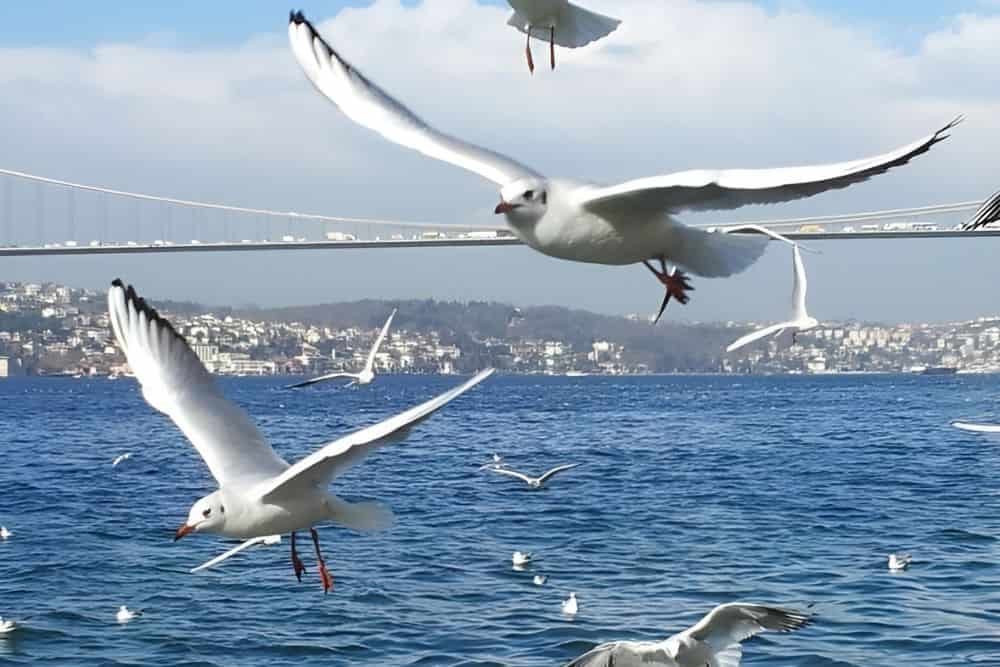
One of the most remarkable examples of nocturnal bird flight occurs during migration. Many songbirds and other long-distance migratory birds prefer to Do Birds Fly at Night, covering thousands of miles under darkness. This behavior raises several intriguing questions: why do these birds choose to travel at night, and how do they navigate in the dark?
Why Do Birds Fly at Night?
Several factors, including avoiding predators, energy conservation, and favorable environmental conditions, drive the decision to Do Birds Fly at Night. Let’s dive deeper into these reasons:
1. Avoidance of Predators
One of the main reasons migratory do birds fly at night is to evade predators. During the day, Do Birds Fly at Night such as hawks, falcons, and eagles are more vulnerable to raptor predation. Night flying provides a safer travel window, as fewer predators are active in the darkness.
2. Cooler Temperatures and Lower Energy Expenditure
Flying requires significant energy, especially for migratory birds that travel long distances. During the night, temperatures are generally more relaxed, which helps reduce the risk of overheating and dehydration. Additionally, cooler air is denser, providing better lift and minimizing the energy required for flight.
3. Favorable Wind Conditions
Nighttime often brings more stable and favorable wind conditions for migratory birds. During the day, heating the Earth’s surface can create turbulence, making flight more challenging. At night, calmer air allows birds to fly more efficiently, conserving energy for their long journeys.
4. Orientation and Navigation
Birds possess remarkable navigation abilities that enable them to migrate across vast distances with astonishing accuracy. Nocturnal migratory birds use celestial cues, magnetic fields, and landmarks to guide them. For example, many birds rely on the position of stars, especially the North Star, for navigation. Furthermore, Do Birds Fly at Night possess an internal magnetic compass that enables them to sense the Earth’s magnetic field and use it for orientation.
5. Enhanced Visual Adaptations
Some migratory birds have evolved enhanced visual adaptations that allow them to see and fly in low-light conditions. While these birds are not as adept at night vision as owls, their retinas contain rod and cone cells that provide sufficient vision to detect obstacles, other birds, and significant landmarks.
The Challenges of Nighttime Flight
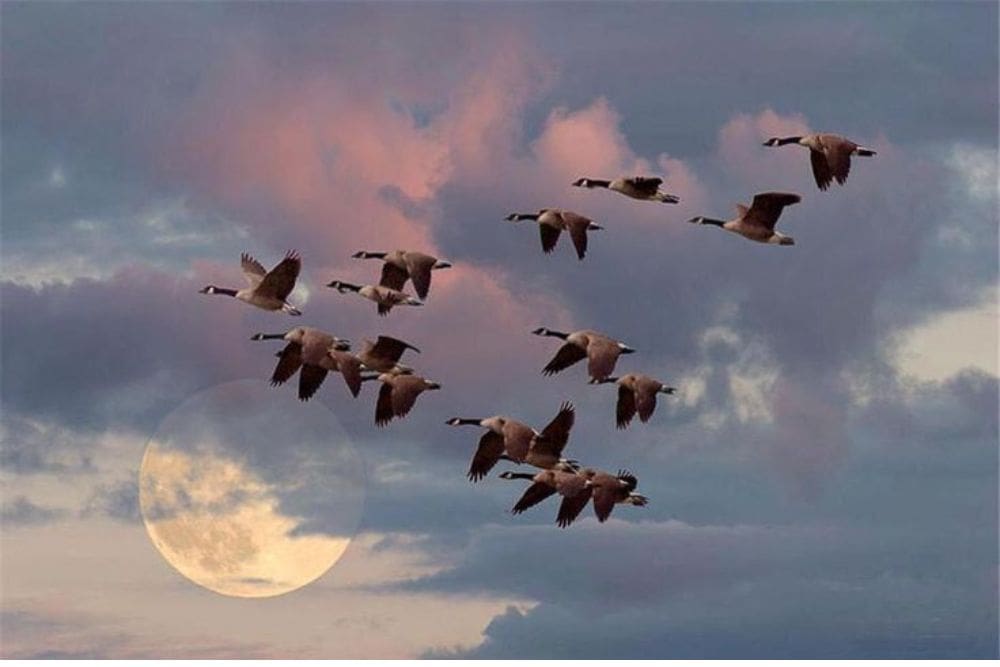
Despite the advantages, Do Birds Fly at Night also presents unique challenges for birds. Poor visibility and low light conditions can increase the likelihood of collisions with obstacles such as buildings, wind turbines, and communication towers. Moreover, artificial lighting from urban areas can disorient birds, leading them off course and increasing the likelihood of exhaustion or collisions.
Collisions with Structures
Collisions with man-made structures pose a significant threat to nocturnal birds, particularly during migration. Artificial lights often attract or disorient birds, which can draw them towards buildings and communication towers. In the United States alone, millions of birds are estimated to die each year as a result of collisions with structures.
Light Pollution and Disorientation
Light pollution from cities and towns can have detrimental effects on nocturnal birds. Bright artificial lights can interfere with birds’ natural navigation cues, such as the stars, leading them astray. Birds sometimes become trapped in illuminated areas, circling continuously until exhausted.
Examples of Nocturnal Flight Behavior
To better understand nocturnal bird flight, look at specific examples of bird species active at night.
1. Swainson’s Thrush
Swainson’s thrush is a long-distance migratory bird that journeys primarily at night. These birds migrate from their breeding grounds in North America to their wintering habitats in Central and South America. During migration, Swainson’s thrushes rely on a combination of magnetic cues and the stars to navigate. They are known for their distinctive nocturnal flight calls, which help them maintain contact with other individuals during migration.
2. Common Loon
Common loons are large waterbirds known for their haunting calls and striking plumage. While loons are primarily active during the day, they also engage in nocturnal flight, particularly during migration. Loons utilize their powerful wings to cover long distances between their breeding and wintering habitats. Their keen vision and reliance on auditory cues aid their ability to navigate in low light.
3. European Nightjar
The European nightjar is a prime example of a bird adapted to nocturnal life. Nightjars are active mainly at dusk and dawn but continue to forage for insects well into the night. Their large eyes are well-suited for low-light conditions, and their cryptic plumage helps them remain hidden from predators during the day.
The Role of Weather in Nighttime Bird Flight

Weather conditions play a crucial role in determining whether do birds fly at night. Migratory birds are susceptible to changes in wind patterns, temperature, and atmospheric pressure. Favorable tailwinds can significantly enhance their flight efficiency, allowing them to cover greater distances with less energy expenditure.
Do Birds Fly at Night are also adept at predicting changes in weather patterns, using barometric pressure and other environmental cues to time their migrations. During periods of inclement weather, such as thunderstorms or strong headwinds, many nocturnal migratory birds choose to rest and wait for better conditions before continuing their journey.
Conservation Efforts and Protecting Nocturnal Birds
The challenges faced by nocturnal birds, particularly migratory species, have led to increased efforts to protect them from human-induced threats. Conservationists are working to raise awareness about the impact of light pollution, collisions with structures, and habitat loss on bird populations.
Reducing Light Pollution
One key strategy for protecting nocturnal birds is reducing light pollution in urban areas. This involves initiatives such as dimming or turning off unnecessary lights during peak migration periods, particularly in cities along major flyways. Additionally, bird-friendly lighting designs that minimize glare and reduce disorientation are being promoted in urban planning.
Do Birds Fly at Night? Creating Bird-Safe Buildings
Many cities and organizations are implementing bird-safe building guidelines to reduce the risk of collisions. These guidelines include using bird-friendly glass that reduces reflections, placing visual markers on windows, and minimizing bright exterior lighting. Such measures have proven effective in reducing bird mortality in areas with high concentrations of migratory species.
Conclusion
Birds that fly at night reveal their remarkable adaptability and resilience. From the silent, stealthy flight of owls to the epic nocturnal migrations of songbirds, the world of nighttime bird flight is both mysterious and awe-inspiring. Ecological pressures, including predator avoidance, energy conservation, and environmental conditions, drive nocturnal flight behaviors.
Understanding why birds fly at night allows us to appreciate their adaptability and the complexity of their migratory strategies. It also underscores the importance of conservation efforts to protect these remarkable travelers from human-induced threats such as light pollution and habitat loss.
In the end, the study of nocturnal bird flight reminds us of the interconnectedness of life and the need for thoughtful stewardship of the natural world. By reducing light pollution, creating bird-safe structures, and preserving critical habitats, we can help ensure that these remarkable avian journeys continue for generations.










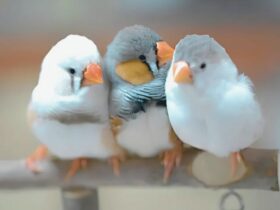
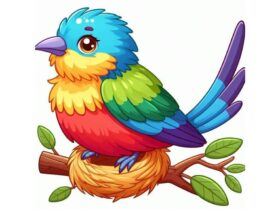

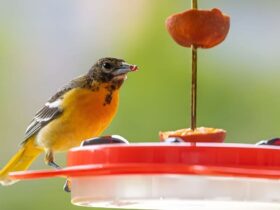

Leave a Reply